The 2007 NAIAS, the Home Team
It may sound silly, but one can truly feel a “buzz” at large shows or conventions. At the 2007 North American International Auto Show (NAIAS) in Detroit it was all about GM—in a good way. GM’s design team seems finally to be running on all cylinders again with most, if not all, of the new production and concept car designs hitting the mark. They also introduced an environmentally sound technology that should put smiles on the faces of all those car hating greenies out there.
Thanks to a marketing department that was also running on all cylinders, GM’s buzz began the night before the show opened to the media at its “GM Style” event. Along with several Hollywood type celebrities Chevrolet division introduced the Camaro convertible concept there. The coupe version was a genuine hit last year and the drop top version is sure to please the muscle crowd this year.
Shifting categories a bit, GM rolled out their “electrified” car, the Chevrolet Volt on the first official media day. Powered primarily by a plug in rechargeable electric battery/electric motor drivetrain, the Volt could be an answer for a sustainable automotive future. Backed up by a 3 cylinder, turbocharged 1 liter internal combustion engine (ICE) the Volt is a pretty reasonable proposition. Range on the battery alone is 40 to 45 miles, and then the ICE kicks in. If your round trip driving per day is less than 45 miles, you might never need gasoline since the battery is a plug-in charge type. Once fuel cells are perfected, the ICE can be replaced altogether.
Over the course of two other press conferences, GM introduced two more relevant to the here and now cars: the newly redesigned Cadillac CTS and Chevrolet Malibu. The Cadillac in particular is a stunning design that carries the original origami look of current Cadillacs to the next level. The front is reminiscent of the wonderful Cadillac Sixteen show car of a few years back and the sides are much fuller and less busy with fewer lines and creases. Equipped with a 3.6 liter V6 engine, the CTS will go into battle with 300 hp on tap, a Nürburgring honed suspension, and an interior that is on par with most of its European competition.
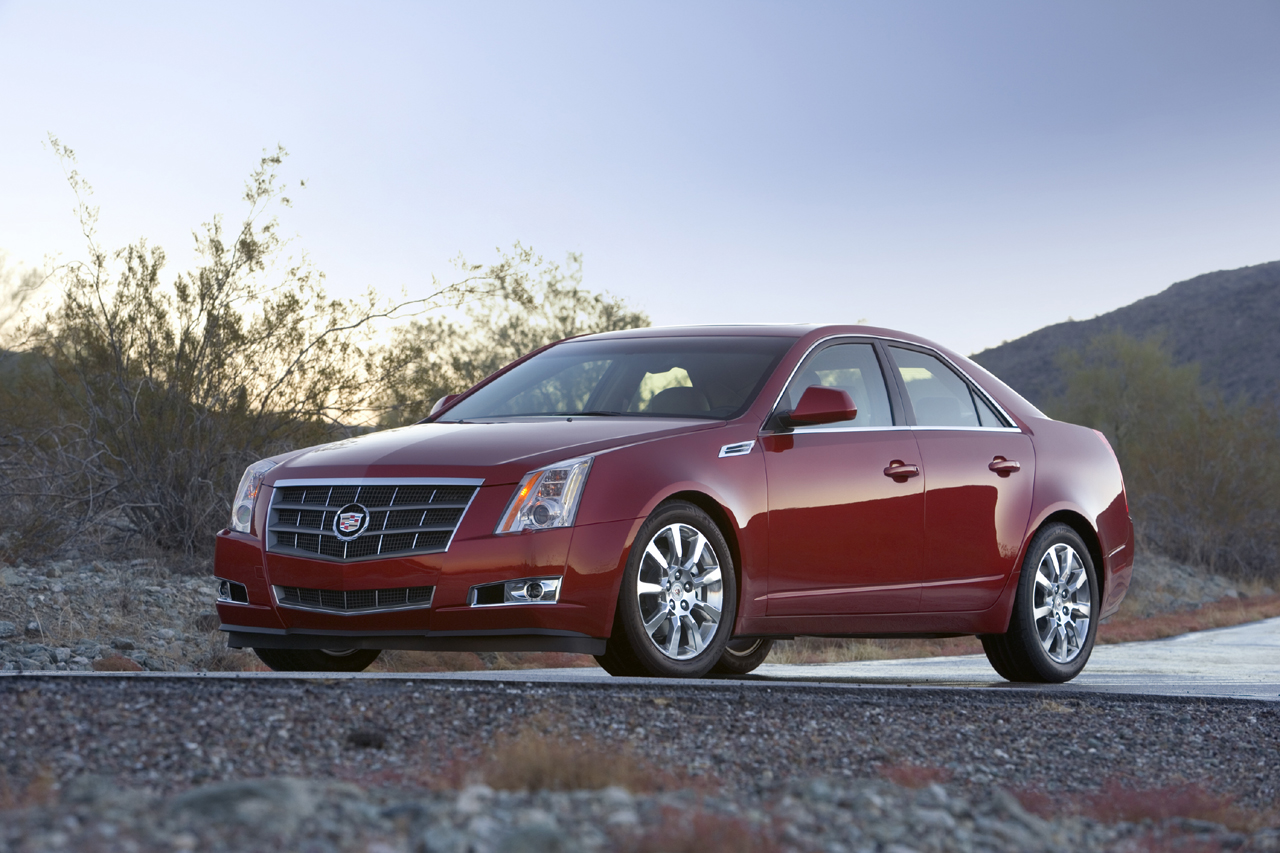
The Malibu also benefits from an upgraded interior design with better materials, tighter gaps, cleaner gauges, and smoother switch gear. The exterior design is handsome and compares favorably with such midsized stalwarts as the Camry and Accord. Chevrolet finally has a real contender in the midsized family sedan category with the new Malibu; we’ll see if the dealer body and marketers can handle it.
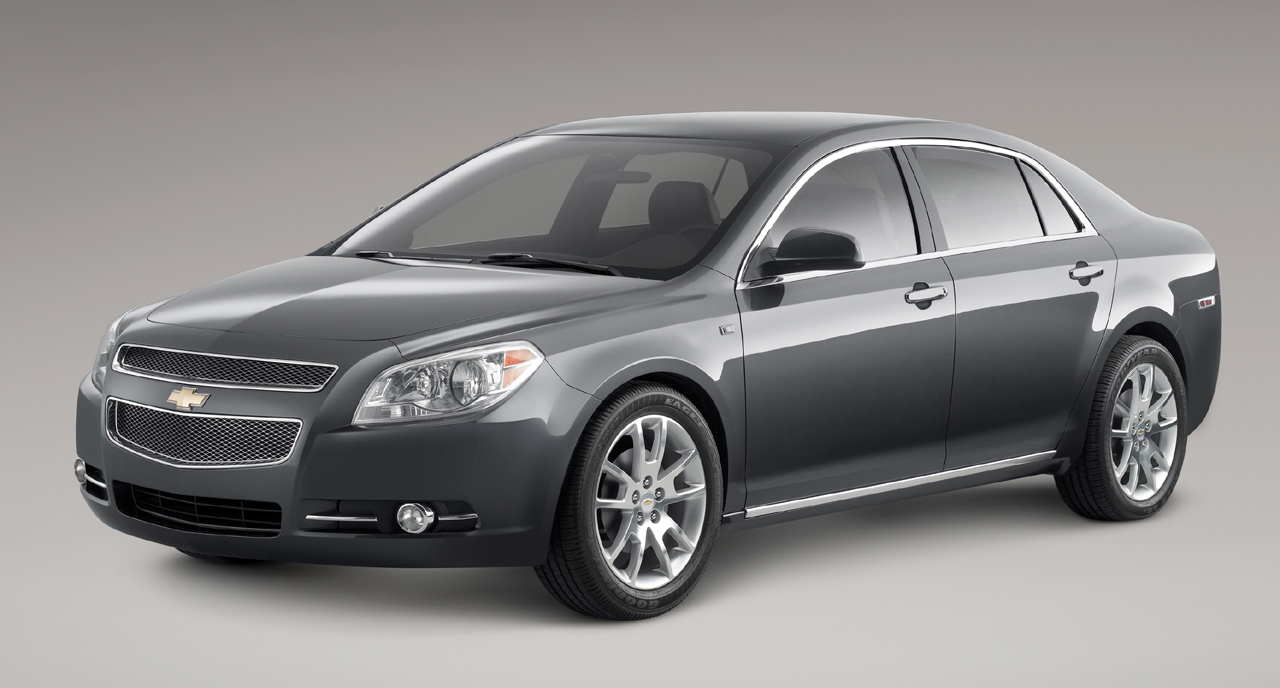
But the NAIAS is about more than just one car company and others did manage to stand out in their own way. Overall it was a show that was entertaining, informative and not nearly as over the top as in years past.
The over the top reference refers to those usually wacky folks over at Chrysler PR, and while they did fly in a Food Network star chef to help introduce their new minivans their introductions were less elaborate than in years past.
While I think that Chef Bobby Flay got more out of his appearance on stage with Tom Lasorda, Chrysler Group President and CEO, the real stars of Chrysler’s first press event were the Dodge Caravan and Chrysler Town and Country minivans. My first impression was that the new exterior styling is rather blocky and conservative. But, thanks to nice proportions and a tightly executed design, they look less fat than the current generation Caravan and T&C yet offer even more room and flexibility on the inside where it counts.

Minivans are probably the most space efficient and useful vehicles on the road today and Chrysler knows better than most what the buyers in this segment want. Cross town rivals Ford and GM could not figure it out and are abandoning the market, at least in the short term, altogether. With optional stow ‘n go seating (wherein the seats can be quickly folded and stowed in bins under the interior floor), swivel seating with a handy table for that impromptu game of go fish by the kiddies, and up to three LCD monitors for DVDs and video games these new people haulers from DCX really raise the bar.
The 2008 Dodge Viper has even more venom thanks to a re-worked 8.3 liter V10 with 600 hp instead the outgoing 500. Minor changes inside and out complete the new for 2008 package for America’s most outrageous super car.
Dodge also revealed a new mid-sized car to replace the Stratus. Styled in the same vein as the Charger, the Avenger has bold America looks written all over it. Unfortunately along with the bold came some kitsch and the overall design is not beautiful in any way, nor is it particularly well sorted out. It looks downright pre-school compared to the more sophisticated Chevy Malibu, Saturn Aura, and even the Ford Fusion triplets. The Avenger also lacks the quality interior ambience now coming out of its US competitors, let alone those of the Japanese and European persuasion. I’m sure it will do fine in the marketplace in comparison to the rental fleet special Stratus, but it will not gain any new ground.
Years of upper management shuffling, directionless design, and dire cost cutting have taken their toll on Ford and it showed again this year at the NAIAS. The hurried redo of the slow selling Ford 500, now with the three bar grill styling borrowed from the much more successful Fusion, looks just that: hurried. The Focus update is horrendous and continues to push the Focus downward on the desirability scale. Why the very good European Focus doesn’t make it to the States is a question for the ages—though one can guess it has something to do with short sighted cost cutting on the account of the bean counters.
But not all is lost. A trio of concept cars from the blue oval are worth mentioning, the Ford Interceptor, Lincoln MKR and Mazda Ryuga. All of these concept cars are striking and illustrate perfectly that while the production cars from Ford may be terribly boring, there is some life deep inside the design studios of Ford.
The Interceptor is a straightforward classic American sedan that’s bigger and blunter than it needs to be—and that’s exactly as it should be. It’s all about stance, proportion and presence with the Interceptor.
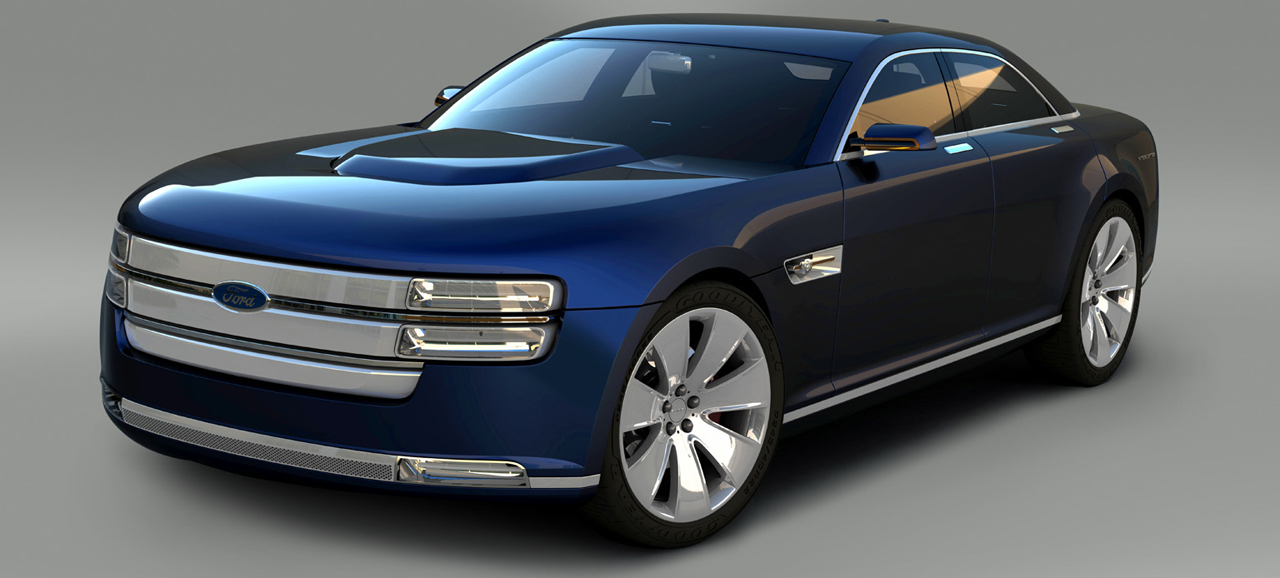
The MKR is yet another in a long string of Lincoln concept cars that portends to show us the new direction of the beleaguered brand of the blue haired set. If one is to believe the affable Mr. Horbury, Chief Designer at FoMoCo, the MKR will in fact set the tone for a new generation of Lincolns ready to take on, if not the world, at least North America. From its “bow wave” split grille to its short rear deck, the MKR is a stunning car and one that deserves to be put into production sooner rather than later.
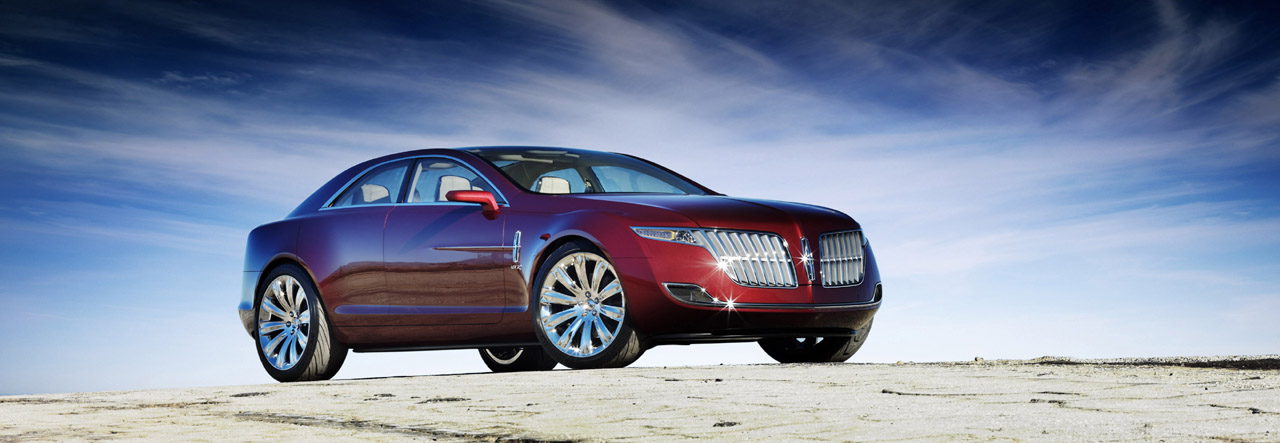
The Mazda Ryuga is the most outlandish of the trio from a feasibility standpoint, but a great design exercise nonetheless. Mazda is looking to break out of its current zoom zoom design idiom and into a more flowing, elegant, Japanese style language. I’m not sure if the wave-like lines carved into the sheet metal is the way to go, but the overall form language is new and different and worthy of evolution into production form.
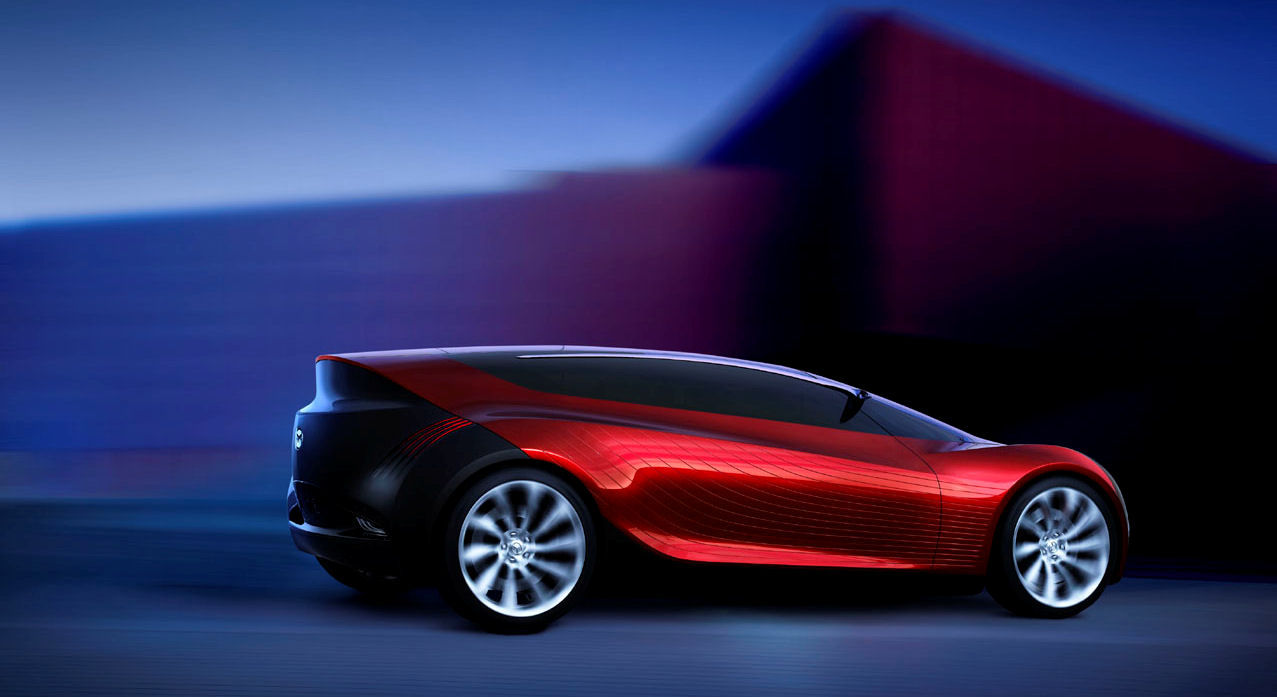
Overall, and despite of the struggles that Ford and Chrysler are going through yet again, the 2007 NAIAS was a good one for the home team. GM is certainly beginning to do the right things, and both Ford and DCX have plenty of life left in them.